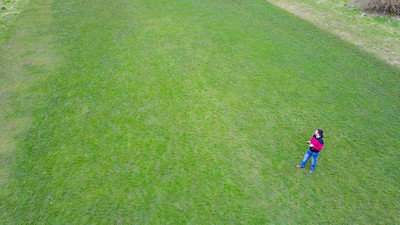Extra flatulence is not just you (or the person next to you) but rather a phenomena everyone experiences to varying degrees as altitude increases. It’s something you may have pondered the last time you flew and my video above explains exactly why this happens and a few things you can do to mitigate farts when flying.
Essentially, as you go up from sea level, the decrease in air pressure allows the gas already in your gut to expand. As the gases expand, they start putting extra pressure on your insides, eventually wanting to make their way out from the only exit available.
Start With Less Gas
Since these gases are created by the bacteria in your gut as a byproduct of digestion, the first countermeasure is to reduce the amount of food for them prior to flying. Ideally, flying hungry first thing in the morning should mean fewer farts in flight. (Keep in mind when you land, air pressure closer to sea level increases which can also cause cramping.)
In case you can’t avoid eating right before or during a flight, sticking to lesser processed menu items may help. Roughly 65% of the world’s population is lactose intolerant to some degree, so ordering a vegan meal can help you avoid dairy products. Less processed food could also be beneficial.
You can catch up on all the gassy details in the video but keep in mind about 60% of pilots report regular bloating while flying, meaning it is something we all have to deal with. Even on the ground, the average person farts about 10-20 times a day but if you’re particularly concerned about stinking up the cabin, some charcoal-filtered underwear might be an option for you. For everyone else, the bathroom is a good alternative if you can make it on time.






![12 Things To Know Before Flying A Drone So You Don't Crash It [VIDEO] 12 Things To Know Before Flying A Drone So You Don't Crash It [VIDEO]](https://foxnomad.com/wp-content/plugins/contextual-related-posts/default.png)






